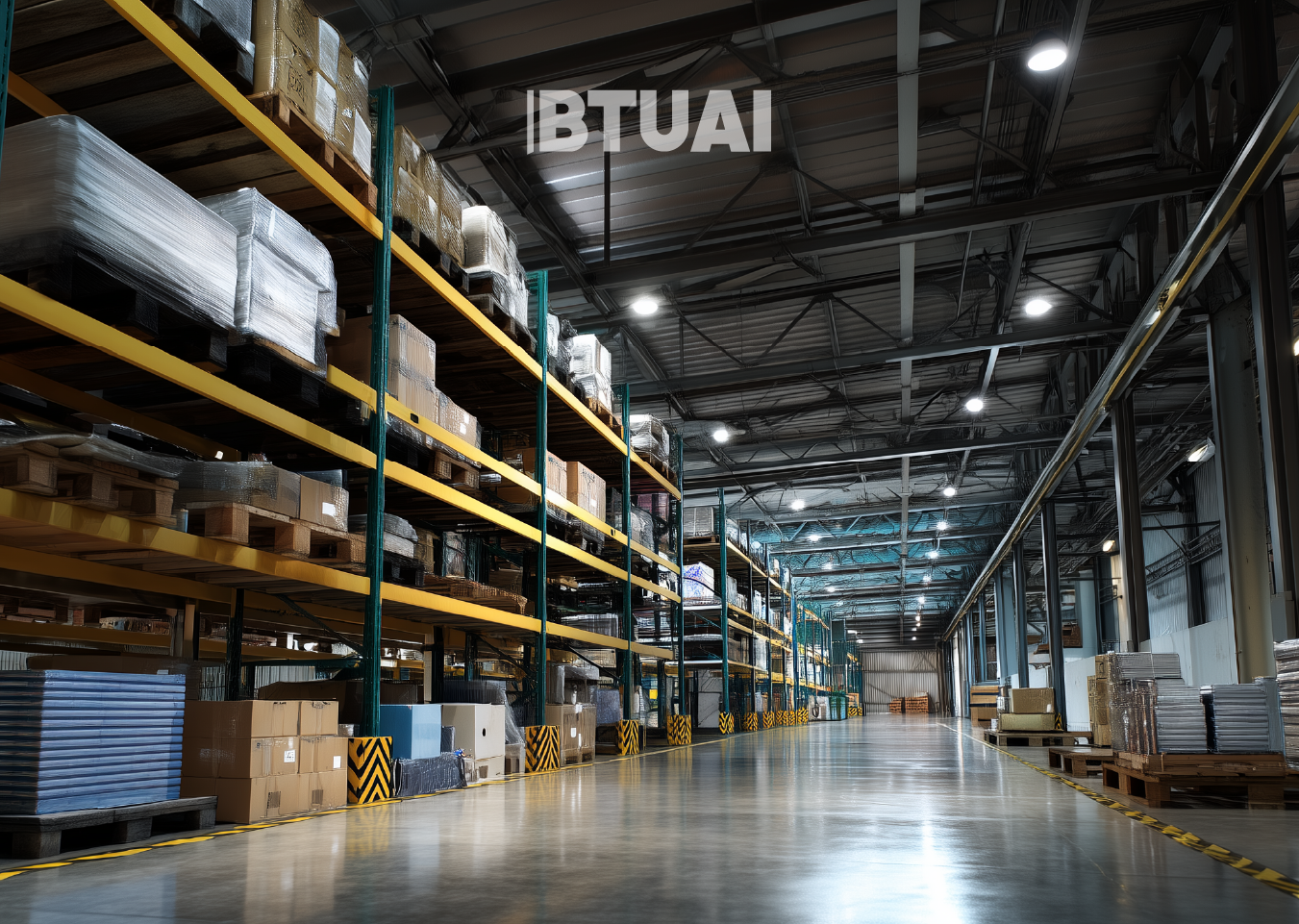Warehouse Quality and Economic Efficiency: Why Are C-Class Facilities Being Replaced in Tbilisi?
Tbilisi’s warehouse sector has expanded significantly in recent years, but alongside this growth, the issue of warehouse quality has

Tbilisi’s warehouse sector has expanded significantly in recent years, but alongside this growth, the issue of warehouse quality has become increasingly relevant. Today, the vast majority of dry storage facilities in the city — approximately 77% — fall under Class B and C categories, while only 6% meet Class A standards (source: Galt & Taggart).
But what do these classifications actually mean?
Class A is considered the highest standard for warehouse infrastructure. These are single-story buildings with at least 12 meters of ceiling height, dust-resistant concrete flooring, temperature control systems, automated fire suppression, multiple adjustable docks for all truck types, and often include warehouse management systems (WMS), office space, and 24/7 CCTV monitoring. This setup is essential for businesses that require precision inventory management, quick shipments, and stable operations.
Class B facilities are either newly built or renovated structures that fulfill basic warehousing needs. They usually have at least 8 meters of ceiling height, standard flooring, and a limited number of docks. These may work for companies dealing with less fragile or time-sensitive goods, but lack many of the operational advantages of Class A warehouses.
Class C warehouses are typically outdated industrial buildings with only basic structural integrity. They have minimal ceiling height (around 4 meters), may lack docks entirely, and offer no temperature control. Using such facilities increases the risk of product damage, operational delays, and inefficient logistics.
This is precisely why the market is shifting. Demand for high-standard (A or A-) warehouses is growing rapidly, and according to Galt & Taggart projections, supply is expected to grow by another 33% by 2026, with much of that growth coming from higher-quality new developments.
At the core of this transition is economic efficiency. High-quality warehouses are not just about comfort — they reduce operating costs, enable precise inventory tracking, and improve product safety. This is especially important for fast-moving sectors like FMCG, construction materials, and e-commerce, where logistics performance directly impacts revenue.
However, this quality shift requires both time and capital. Most new warehouses are being developed by large companies and international players, while many local small and medium-sized businesses still rely on outdated B or C-class facilities due to budget constraints.
In the long run, this transformation is inevitable — not just because of rising demand, but because modern infrastructure offers better answers to Georgia’s evolving logistical, energy, and competitiveness challenges. Tbilisi is already moving in this direction, and the coming years could be decisive for its emergence as a regional logistics hub.




